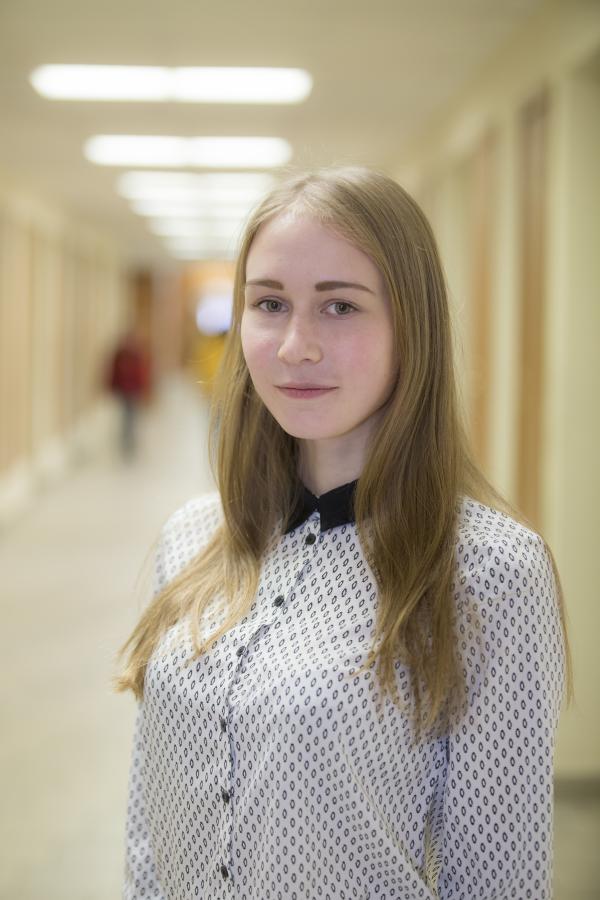Today MEPhI is a large scientific-educational centre, which main peculiarity is the unity of educational, scientific and innovative activity. University students are offered broad opportunities for research in scientific centers and laboratories around the world, they present reports at international conferences and seminars, undergo internships.
The 1st year Master’s degree student of the Institute of Laser and Plasma Technologies at MEPhI Maria Tikhanovskaya took part in the International School on Super string Theory, which was held on March, 16-24 in Italy, near the city of Trieste on the Adriatic coast, in the Abdus Salam International Centre for Theoretical Physics (ICTP).
 Maria shared her impressions about participation in the School and told about her scientific work.
Maria shared her impressions about participation in the School and told about her scientific work.
– In early February, I learned about the International Spring School on Super string Theory and Related Topics (http://indico.ictp.it/event/7953/), where the leading scientists, experts in modern quantum field theory were to give lectures, directly related to my scientific work. My supervisor, Professor I.Ya.Arefieva from the RAS Steklov Mathematical Institute advised me to apply for participation in the school, and LaPlas Institute organizationally supported it.
Lectures at the school were devoted to applications in various areas of physics of superstring theory, full of modern mathematics, trying to solve, perhaps, the most difficult task today – the unification of gravity with quantum mechanics. The lecturers of the school were leading experts in this field from Caltech, Princeton, Harvard and other famous universities, and the audience were young scientists, post-graduates and students from different countries.
Speaking to other participants, I realized that I was the only Master of the first year. All the rest were older.
Advanced courses on such topics as the holographic principle, entanglement and conformal field theory, discussed issues directly related to my scientific work. This allowed me to expand my understanding and find more links to my work with other topical issues that are asked by leading experts in this field. And on other courses I was interested to get knowledge from new for me areas.
The scientific research in which I participate closely relates to the work carried out at ICTP.
Impressions from the school are the most positive: I managed to tell the leading experts in my field about my work and get their comments; in addition, the work aroused interest among the participants of the school, since its results can have applications both in the physics of condensed systems and in high-energy physics.
The scientific direction to which my problem belongs is known as the holographic principle according to which there is a correspondence between the classical theory of gravitation in a space of constant negative curvature and the quantum theory of the field that lives on its boundary. The term itself emphasizes a distant analogy with conventional holography, in which a three-dimensional image is also completely encoded by recording the phase difference between the object and reference light beams on a flat screen. Of course, this analogy can not be understood literally.
Recently, the holographic approach has become very popular, since it allows solving many complex problems of quantum field theory by classical methods. Among these tasks there is the description of the process of thermalization (establishment of thermal equilibrium) in the quantum system - this is exactly what my scientific work is. We have published three articles where we calculated a correlation function on the boundary corresponding to one particle moving in a three-dimensional space of constant negative curvature with the help of a holographic approach. Now we are working on describing a more general process of collision of two particles, resulting in the formation of a black hole. Since the black hole has a nonzero temperature, within the holographic principle this process will correspond to quantum thermalization at the boundary.





